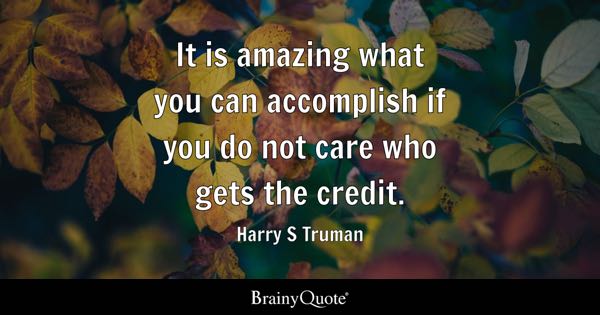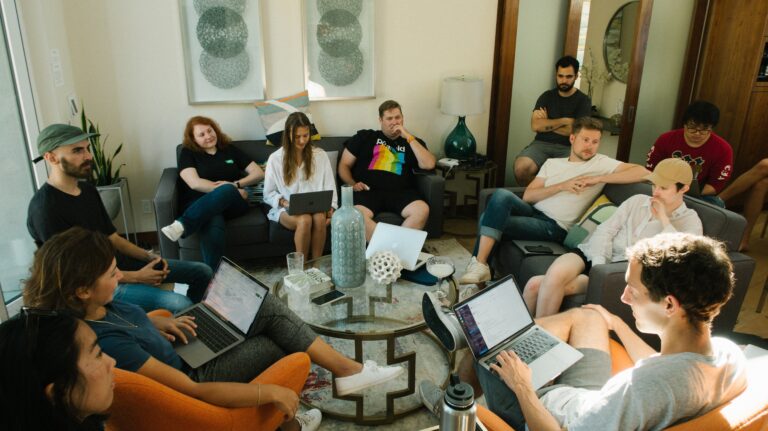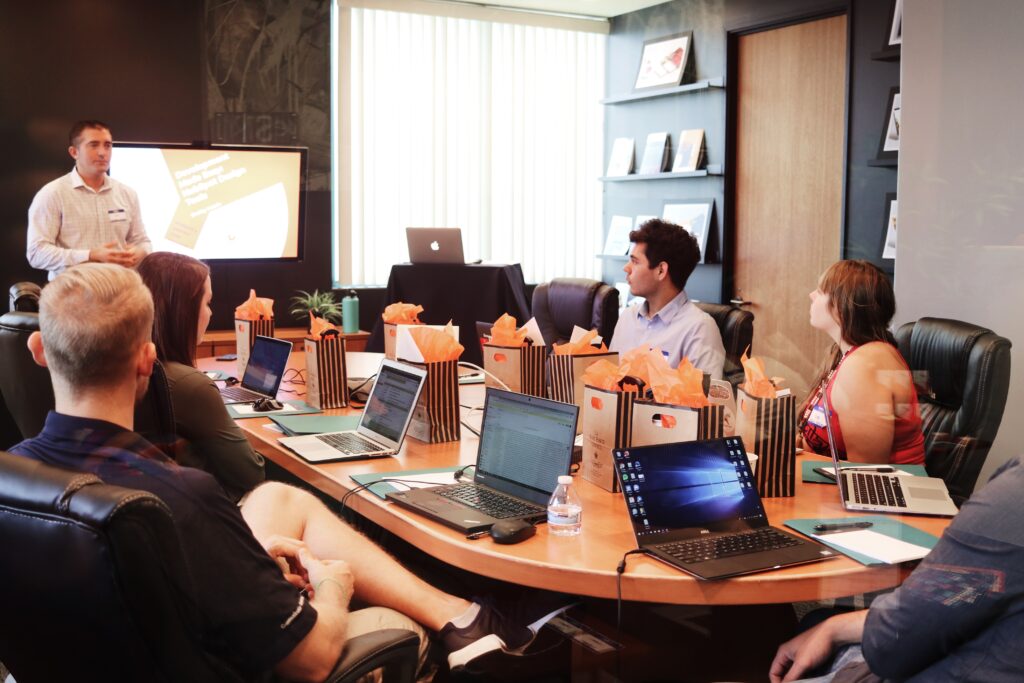Planning the Gatherings Program
Each community will proceed at their own pace. If members have experience with programs similar to Gatherings this section will be a quick review, and you’re all set to go. Others will want to review and map out a plan. Whatever way to wish to proceed The Executive Program Manager is always available to help.
Communicate with the Parents: We are introducing a new approach to education in Acceptance and Diversity. Parents may not understand and may not support our programs. It is important to start talking with parents from the very beginning. If they know what is being proposed, they can contribute to the process and participate, if they wish. Their support is essential to our success. Encourage them to look at our website for more information.

Give Forth the Credit: Nothing does better to motivate an individual than sharing the credit for a successful event. During meetings make sure to give credit to as many people that deserve to be recognized, don’t be worried about embarrassing someone who deserves the spotlight. Don’t wait to thank someone because you think they will be receiving an award or certificate and it would be overdone. Other members feel good when a associate is appreciated because they will perceived the same way.
The Program Manager and Executive Program Manager have been developing a timetable for starting. They have been discussing this during the organizing phase, and are now ready to proceed.
Formalize the Plan: The Program Manager and Executive Program Director can now distribute a short-written plan to the members as the guidelines for everyone to follow. The written plan is then presented to the school principal and community leaders for their review and comment. The plan should include the names and positions of the local administrators, a financial budget with ideas for funding and the time frame to implement the programs. Where necessary National will help with financial support. Some discussion and revisions may be necessary so that everyone is on the same page. (Ideally everyone will agree before we proceed). The final plan will be sent to the Corporate Secretary, who will keep it as part of our permanent records.
College Participation:
These are great places to find skilled members, with knowledge about the subject we will be addressing. College students are great to have as members because many times they are available during the day, when parents working regular 9 to 5 jobs won’t be. And we consider visiting a college as one of our group activities, so we are already in a relationship. These are good places to provide meeting space and the occasional use of an auditorium when large meetings are held. The Executive Program Director will be helpful with establishing the relationship. Meetings will be easier for teachers and administrators when they are held in their own facilities, but if there is no place available, the College is a good alternative. Make sure after the meeting, the space is left clean and tidy.

University of CA at Berkeley
Helpful Thoughts: Finding Student Members: Usually by the time we have populated the Executive Committee and other positions word has gotten out. Our new members have probably been telling friends and neighbors about New Beginnings and It starts with the parents, who will bring their children along. The committee will decide the best way to proceed with introducing our programs. It might be a small group coming over to a neighbor’s house or a larger group meeting in a school room. Sometimes,
The first step is to establish a welcoming and affirming environment where the students feel safe. It is a space where people can find themselves represented and reflected, and where they understand that all people are treated with respect and dignity. The environment ensures all cultural identities (i.e., race, ethnicity, age, gender, sexual orientation, disability, language, religion, socioeconomic background) are affirmed, valued, and used as vehicles for teaching and learning.
When the Program Manager has all the “working parts” ready, we can begin the training sessions, where members learn the details of each program and how they will be implemented.

Orientation Sessions: Each new member needs to learn about the organization, where they fit in and their responsibilities. This is a good opportunity for current members to bring in potential members so they can learn about New Beginnings. These sessions are a good time for administrators to let members know how good it feels to be part of our organization. It never hurts to share the joy of helping others. At the start of the meeting the chairpersons should introduce each member and review the Mission Statement. The Program Manager and Executive Committee are responsible for planning the agenda, scheduling the time and location, and making sure each member attends. They can assign a committee chairperson to be responsible for their committee’s orientation sessions. They should be asked to invite several colleagues to join them at the orientation as their potential committee members. The next step is planning the orientation session’s agenda, which should include introductions, presentations by experts, and an open facilitation process. Keep in mind that these meetings and presentations can be done online.

Expert Presentations: To lend credence to the presentation it will be helpful to have one or two experts in the field of diversity and education to present their views of our programs, and what will make them successful and what mistakes to avoid. The local high school or college will probably have several people who would be interested in helping. The school principal or college dean are good places to start. Make sure, when you are advertising the Orientation Sessions, to mention any experts who will be attending.
Time for Open Discussion During the Orientation Sessions: This element of the orientation is the most essential part of the process. Each committee leader gathers his group with directions to brainstorm the needs that their committee will address. One person in the group is designated to write and record the suggestions. They will be given approximately 20 minutes for this process. This is the best time for members to raise questions. The Program Manager will spend time with each committee to ensure progress and decisions are being made, emphasizing cultural inclusion. The committee will select several activities for consideration, list them by priority and submit the list to the Program Manager for approval. If approved the list will be submitted to the school principal for approval. The next committee meeting should be scheduled in about ten days, giving the school principal time to approve the activity list. Future meetings will be held as needed.
Helpful Thoughts: The Buddy System
We all know about The Buddy System, it has been around since 1942, and is used in a variety of ways, including pairing students together to enhance learning and socializing. We think on field trips using the Buddy System is an excellent opportunity to Mix-and-Match students. Assigning each student, a buddy provides an extra measure of safety and removes some of the burdens of keeping an eye on many children in an unfamiliar environment from the supervising adults. The Buddy System encourages a sense of responsibility and respect. It also promotes an opportunity for open and effective dialogue among peers and tends to break down social barriers with their classmates. It helps create a collaborative learning environment in which peers feel less hesitant, Buddies give each other the confidence to ask questions they otherwise would be too shy to ask. This enables students to develop social networks and cross-cultural experiences. In most cases, even when Buddies meet for the first time, they will develop a bond and become supportive of each other.

Don’t ask the students to pick a Buddy. Remember we want to Mix-and-Match so that the maximum amount of exposure to “others” is achieved. The Team Leaders should discuss what they have observed and pick Buddies that will most likely respond to each other and enjoy being helpful. Some children have good social skills, they can be matched with children that are not so socially savvy. Discuss why you are setting up Buddies and what is expected from them. Safety comes to mind first, but also sharing the experience offers the opportunity for students to add their observations which the other students didn’t think of. Remember, Listen Loudly and Speak Softly.
As the activity comes to a close you can find out what the students thought about their day, by asking things like, “Did you help your Buddy? or What (new) one thing did you learn about your Buddy?”. Be sure to thank the Buddies, all of them, for being Buddies; a little praise goes a long way in making them feel good about themselves.

